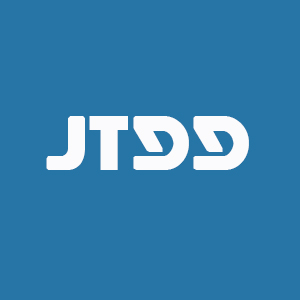fig2

Figure 2. Emergent stromal response regulate immunosuppressive landscape in solid tumors. (A) The reciprocal interactions between tumor cells (T) and expanding CAFs within the reactive TME results in the secretion of TGF-β and various chemokines (CXCL) facilitating the recruitment and regulation of Tregs. (B) Treg secreted cytokines (IL-4, IL-10 and TGF-β) trigger polarization of M1 macrophages to the M2 phenotype. (C) PD-L1-expressing M2 macrophages induce T-cell exhaustion. (D) TGF-β in the TME derived from different cellular sources can modulate the extracellular matrix (ECM) composition. Both TGF-β and the modified ECM impedes tumor-infiltrating lymphocytes (TIL) both molecularly and mechanically. (E) The reactive stroma induces angiogenesis, further supporting tumor growth and survival. (F) Matricellular protein-periostin (POSTN), expressed during reactive stromal response attract TAMs. TAMs facilitate immune evasion in tumor cells by inducing the expression of PD-L1. TAMs also recruit neutrophils, which induces an immunosuppressive TME by causing M2 polarization. Both TAM and neutrophils also induce therapeutic resistance.








